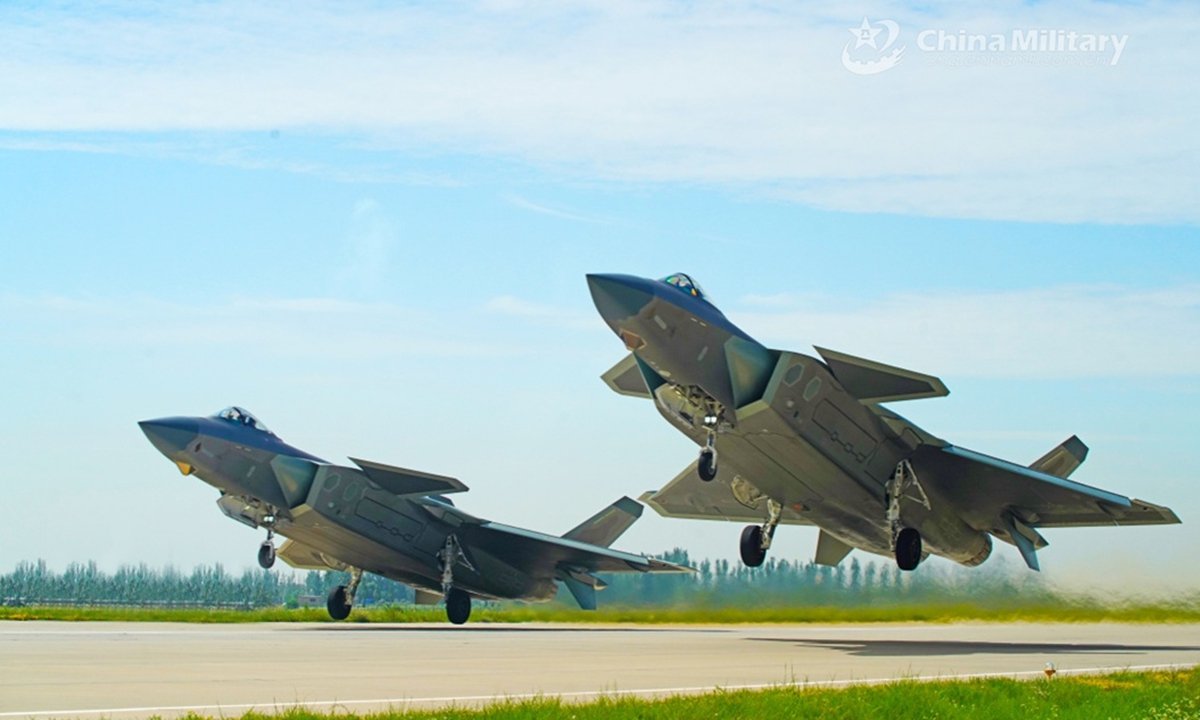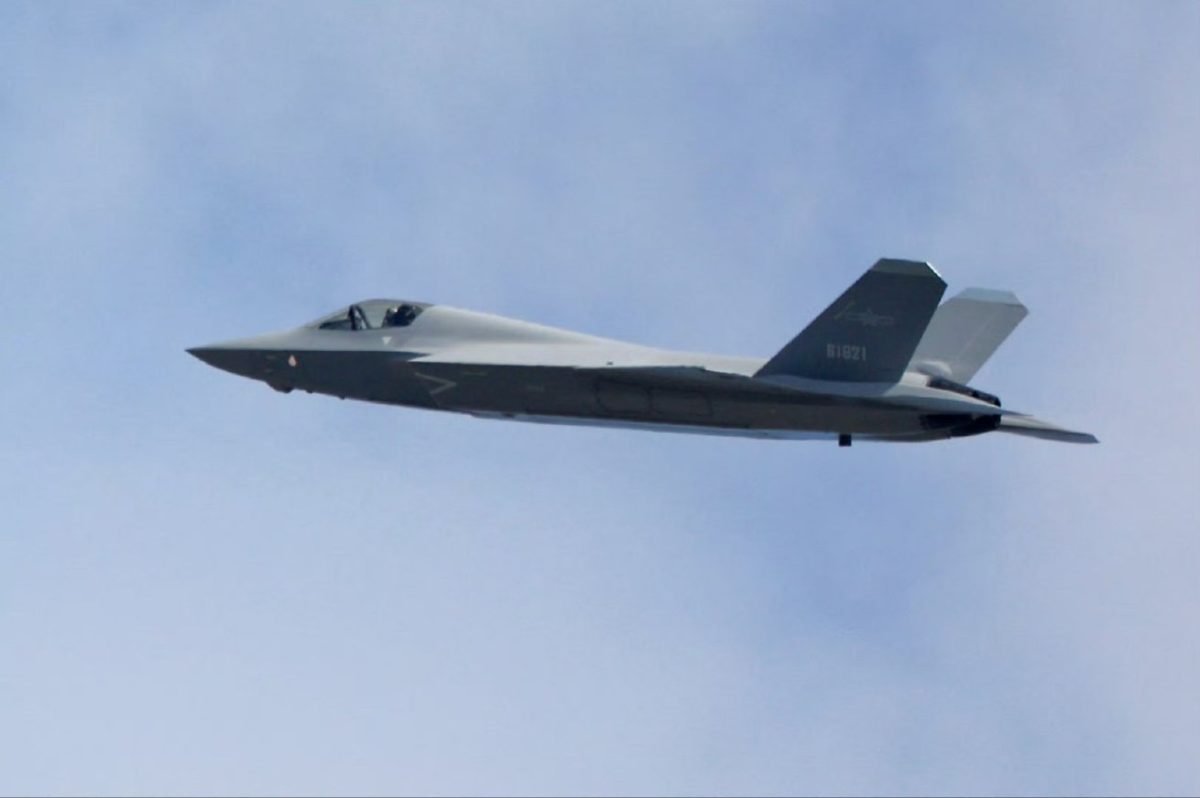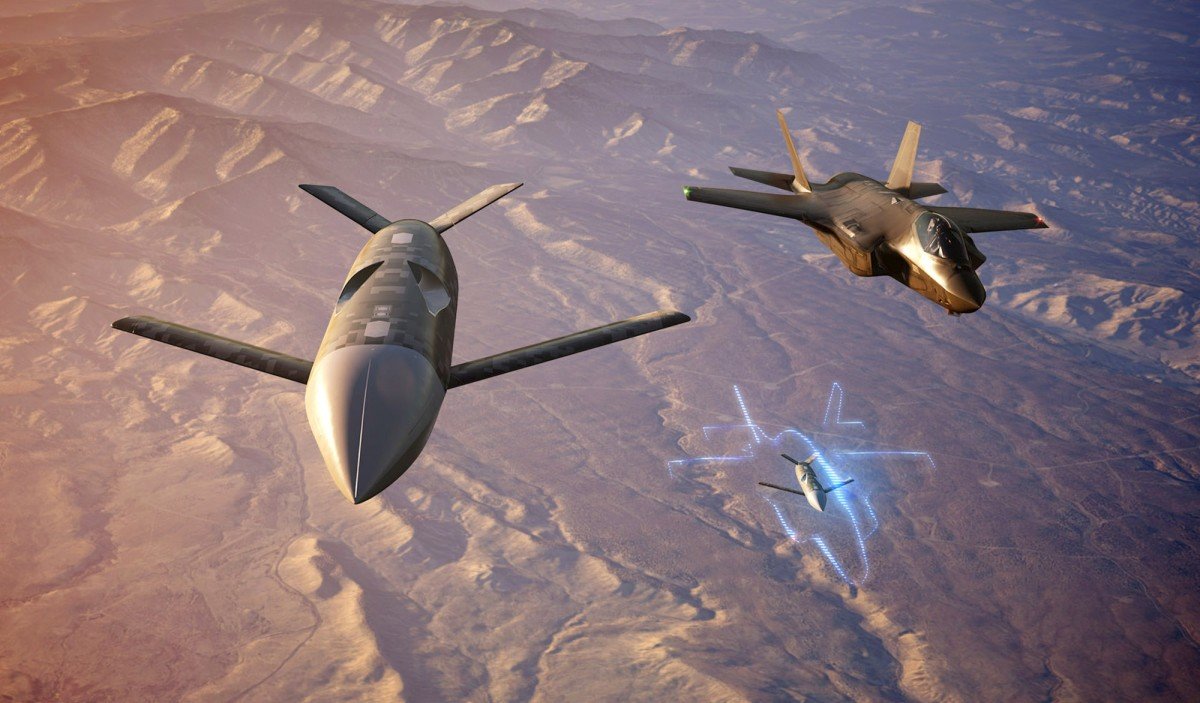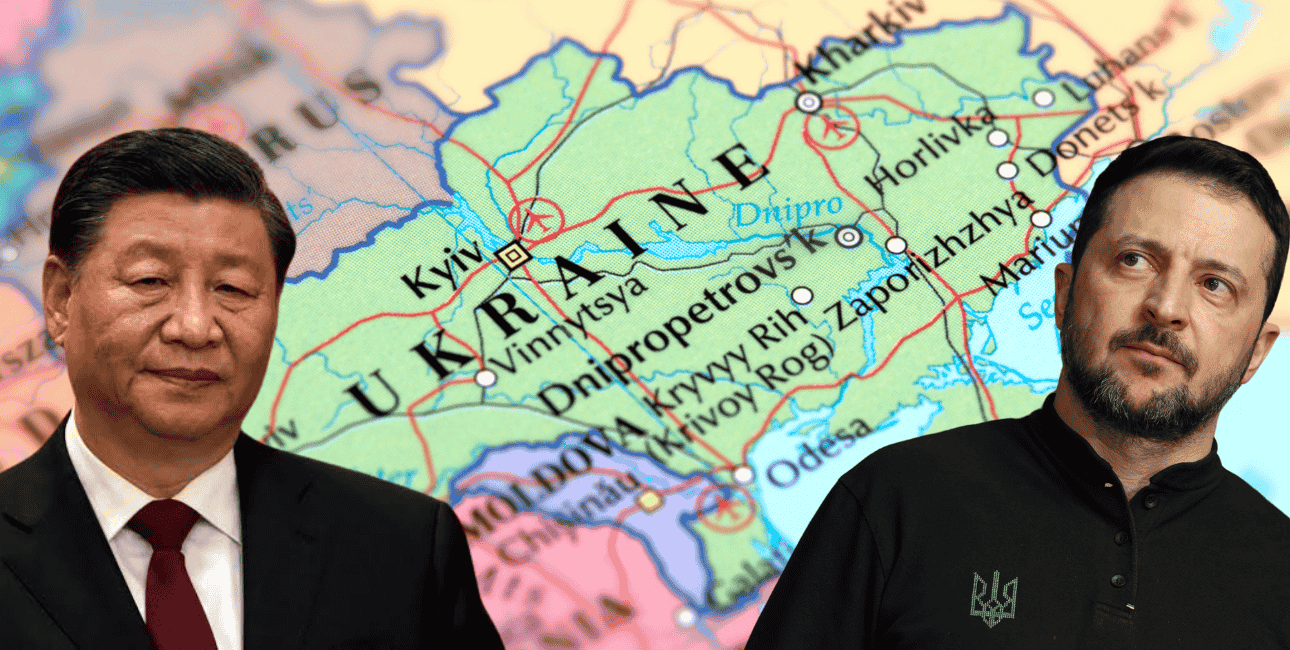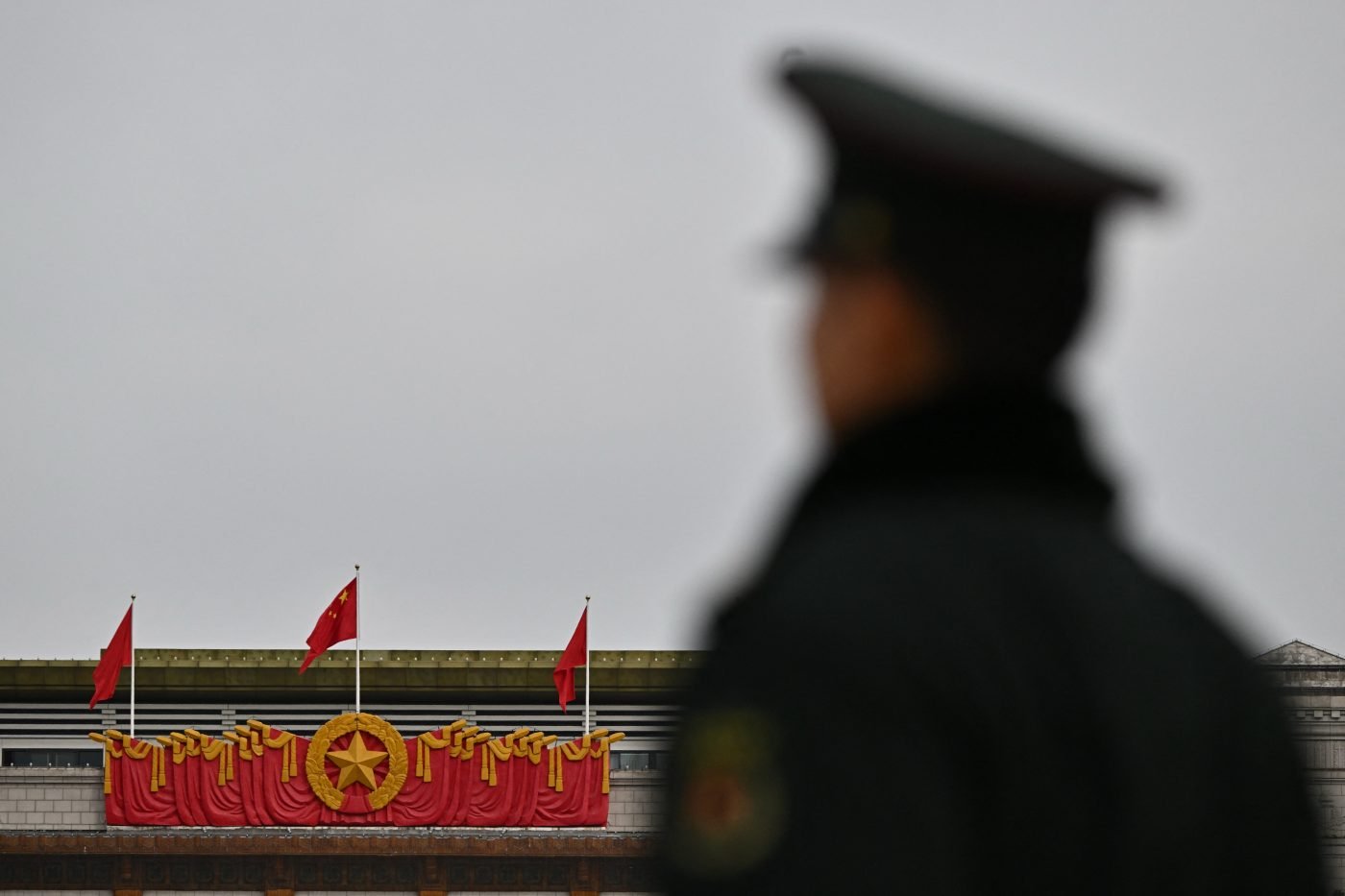The J-20 is China’s frontline stealth fighter jet—the tip of the spear for the PLA Air Force (PLAAF)- designed for air superiority roles. However, recent reports from China suggest that the PLAAF, increasingly confident in its stealth and air combat capabilities, is utilizing the J-20 in a range of operations, including regular air patrols over the East China Sea.
As such, the reports highlight the rapid modernization of the PLAAF, which is now leveraging its frontline fifth-generation stealth fighter jet, the J-20, even for regular air patrols and mid-air interceptions over China’s maritime boundary.
If the reports are accurate, then the implications are enormous. China is known for its belligerent behavior in the East and South China Seas, where the PLAAF has conducted numerous aggressive interceptions in recent years.
China’s deployment of the J-20 for these missions underscores Beijing’s growing assertiveness in the region and the increasing availability of the J-20.
According to reports, the J-20 aircraft swiftly transitioned from training to combat, taking off one by one to confront the threats. The foreign military aircraft were expelled after several rounds of fierce attack and defense, it stated. The report did not disclose the date of the incident or the foreign aircraft in question.
Additionally, as recent reports in Chinese state-run media suggest, this could be the second encounter between the J-20 and the F-35. Going forward, such J-20 & F-35 encounters over the Pacific could become commonplace, giving both the PLAAF and the US Air Force (USAF) ample opportunity to study and analyze each other’s frontline fifth-generation fighter jets.
J-20 Vs. F-35 In The Pacific: The Clash Of The Titans
On July 1, the Chinese state-run CCTV reported that the PLA Navy’s “Liaoning and Shandong aircraft carriers conducted military exercises in the Western Pacific, and the Chinese Air Force’s ‘Wang Hai Squadron’ J-20 fighter jets attacked and exchanged blows with foreign military aircraft in the eastern waters.”
Earlier, on June 29, CCTV reported multiple interceptions in the Western Pacific involving three different PLAAF aircraft: the J-15, the J-16, and the J-20. According to the CCTV report, these aircraft were scrambled to intercept and chase away the F-35A and the F/A-18 Super Hornet.
Discussing the latest interception, an article on the Chinese online blogging platform Sohu said that the “CCTV News used the description of ‘important force’ to prove that the J-20 fighter jets of the ‘Wang Hai Squadron’ have been performing combat readiness patrols in the East China Sea on a regular basis, so they have become the absolute main force in fighting with foreign military aircraft.”
This suggests that the PLAAF is now using the J-20 on “regular patrol missions” in the East China Sea. This would mean that the PLAAF is now increasingly confident about the capabilities of the J-20 to challenge the F-35.
The article claims, which cannot be verified, that J-20 intercepted a foreign military aircraft, most probably an F-35A, from the Kadena air base.
The incident, according to the article, suggests two important things:
(1) The anti-stealth situational awareness system China has built-in key strategic directions, comprising multiple types of long-wave ground-based radars, multi-base station radars, air-based early warning radars, and even long-range optoelectronic systems, is effective against US stealth fighter jets, such as the F-35.
“Its effectiveness can be guaranteed when facing the US F-35A fighter jets, and it quickly discovered these stealth aircraft that sneaked into our air defense identification zone,” it said.
(2) Secondly, the air combat command and intercept guidance system built by China’s military over the East China Sea is very efficient.
“After discovering the U.S. stealth fighter, they immediately issued a combat order and ordered the J-20 fighter to take off to meet the enemy. This also indirectly proves the daily combat readiness of our Eastern Theater Air Force, which can be described as both tense and efficient,” it said.
The article further compared the J-20 and the F-35, suggesting that the J-20 has an edge over the F-35 in terms of supersonic maneuverability.
“The J-20 fighter jets’ successful patrol in the East China Sea and the successful expulsion of foreign aircraft also partially prove that our fifth-generation aircraft are comparable to those of the US Air Force in terms of performance and the quality of our pilots. I believe that our advantages will be more obvious in the real confrontation,” it said.
Notably, the J-20 and the F-35 have also engaged in previous head-to-head confrontations. Additionally, US officials have also noted the J-20s’ combat capabilities.
For instance, in March 2022, US Pacific Air Force Commander General Kenneth Wilsbach revealed that the J-20 of the PLA Air Force and the F-35 of the US Air Force had their first-ever ‘encounter.’
At the time, the US General said, “It’s a bit early to say what they intend to do with the J-20, so really all we’ve seen it do is air superiority. But we notice that they are flying it pretty well. We recently had – I wouldn’t call it an engagement – where we got relatively close to the J-20s along with our F-35s in the East China Sea, and we’re relatively impressed with the command and control associated with the J-20.”
Similarly, in March 2024, some reports in Chinese media stated that an unknown number of J-20s had just landed when they received news of foreign military aircraft approaching Chinese airspace. They immediately took off to intercept the threat.
The aircraft operator, precise time, and position were not specified in the report. However, experts conjectured that it could be the F-35A from the Kadena Air Base.
Stealth jets are typically not the first choice for “simple” duties, such as intercepting and identifying foreign warplanes in the ADIZ, due to their high operational expenses and the requirement to protect radar evasion settings.
However, China’s frequent use of the J-20 for such interception roles suggests the seriousness with which Beijing asserts its territorial claims in the East China Sea and the increasing availability of the J-20 for the PLAAF.
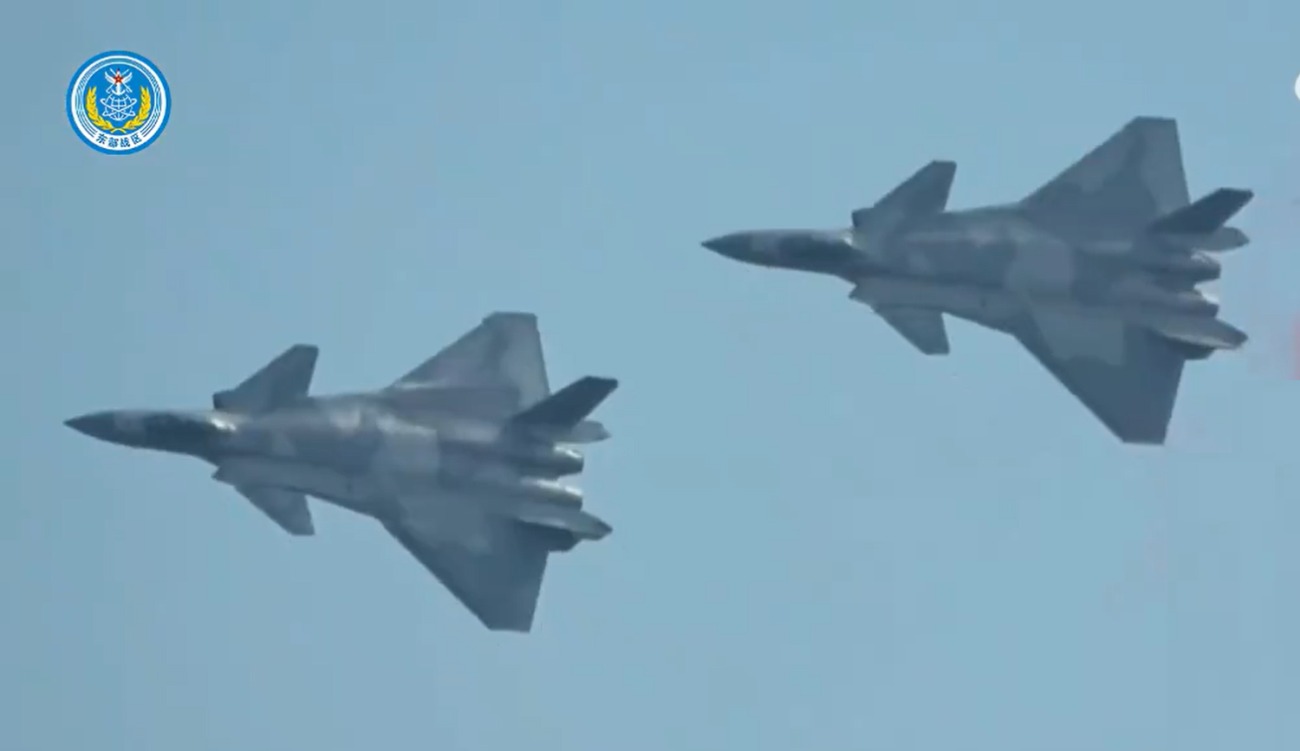
J-20s Increasing Role In PLAAF
By 2024, the People’s Liberation Army Air Force (PLAAF) had equipped 12 air brigades with J-20s, with three brigades entirely reliant on the aircraft. Production estimates range from 170 to 230 aircraft by 2023, with projections of 1,000 by the early 2030s.
A Chinese military aviation expert, Andreas Rupprecht, has noted that the J-20’s deployment across all five PLAAF theater commands by 2026 signals China’s intent to assert dominance over the Taiwan Strait and the South China Sea, as well as its emerging role as the PLAAF’s frontline fighter jet.
China recently announced that the J-20 will be modified to carry nuclear weapons.
Notably, while China is open to exporting its fifth-generation stealth fighter jet, the J-35, Beijing has not placed the J-20 on the export market, despite being in service for nearly eight years.
This clearly shows that, just like the US in the case of the F-22, China wants to keep the J-20 a closely guarded secret.
Going by the frequent J-20 interception reports in Chinese state-run media, it can be safely assumed that in the coming months and years, there will be many more close encounters between the J-20 and the F-35.
- Sumit Ahlawat has over a decade of experience in news media. He has worked with Press Trust of India, Times Now, Zee News, Economic Times, and Microsoft News. He holds a Master’s Degree in International Media and Modern History from the University of Sheffield, UK.
- VIEWS PERSONAL OF THE AUTHOR.
- He can be reached at ahlawat.sumit85 (at) gmail.com
